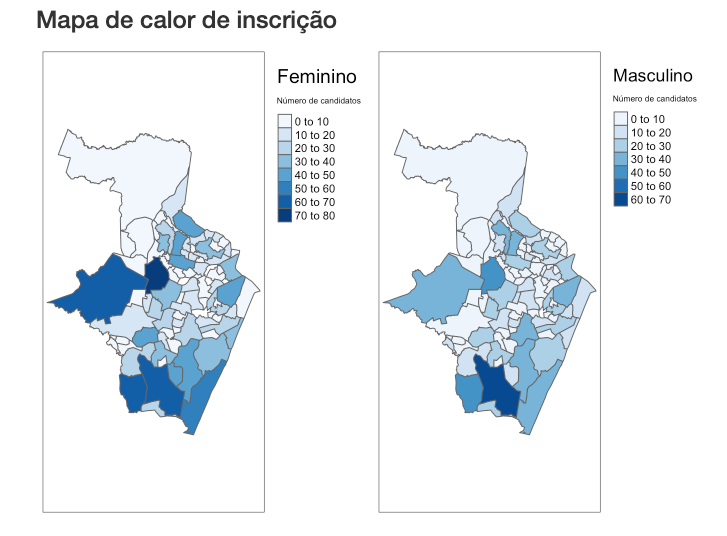WEEK 7: AI TO TRACK GENDER-BASED VIOLENCE
- Rigzom Wangchuk
- Nov 7, 2021
- 3 min read
Updated: Nov 12, 2021
During my internship, I had the privilege of (virtually) meeting Dr. Cristina Castro Lucas de Souza who is the founder of the Gloria Institute in Brazil along with her colleague Mr. Gustavo Guimaraes, Director of Technology. Dr. Cristina founded Gloria in 2018 as an artificial intelligence platform to combat gender violence (physical, psychological, and sexual) through data mining.
Dr. Cristina saw that the poor quality of data collected in hospitals, government agencies, and police departments were the primary reason why public and private policies were failing to protect victims of gender-based violence (GBV). The traditional data is unable to contextualise the problem and therefore unable cause any dents to the perpetuating cycle of GBV.
Gloria aims to disrupt this cycle of violence. Gloria fights GBV with alternate data, information, and wisdom. Her pillars are artificial intelligence, data analytics. and blockchain to generate educational content and create a support network with the necessary tools for social improvement for women. Gloria aims to be a safe and easily accessible platform for women in situations of vulnerability and repression to be detected and seek help.

Basics of Machine Learning
After meeting Dr. Cristina, I realised there was much for me to learn about AI or machine learning. I had learned some methodologies during my first year statistics course, but there was so much of the world of machine learning that I did not know.
I started with first to understand what actually is machine learning. According to Analyst Prep, machine learning employs the idea that systems can learn from data, identify patterns, and make decisions with minimal human intervention. It has an iterative aspect in that when models are exposed to new data, they can adapt independently.

Machine learning has several branches, which include:
Supervised learning – an algorithm (predictive model) is created and tested on a training data. The algorithm's accuracy is then examined using a or a series of test data. Types of supervised learning include regression analysis (that most economists use) and classification for categorical dummy variables (yes or no, blue or red, spam mail or safe, etc.)
Unsupervised learning – Unsupervised learning seeks to model the underlying structure or distribution in the data to learn more about the data since it is not given labeled training data. It is, therefore, useful for exploring new data sets that are large and complex. Two essential types of unsupervised learning are dimension reduction (reducing the number of input variables while retaining variation across observations to maintain structure and usefulness of the information contained in the variation) and clustering (sort observations into clusters (groups) such that the observations within a cluster are similar, while those in different clusters are dissimilar).
Deep learning and reinforcement learning – Deep learning and reinforcement learning functions enable a computer to develop rules on its own to solve problems. Deep learning is a self-teaching system in which the existing data is used to train algorithms to establish patterns and then use that to make predictions about new data. Highly complex tasks, such as image classification, face recognition, speech recognition, and natural language processing, are addressed by sophisticated algorithms. In reinforcement learning, a computer learns from trial and error. It learns dynamically by adjusting actions based on continuous feedback to maximise an outcome.

A useful chart I found on which algorithm to use for what type of machine learning:

For those using R or Python: Itramuteq is a free text analysis package (in French, unfortunately no English version as of now) for unsupervised clustering.




Comments